Stand with both for your feet planted firmly on the ground. No raised toes or heels. Now lower your body until you’re in a squatting position with your butt touching your ankles. Careful not to move your heels; your entire foot should remain flat on the ground. If you can do this, congratulations: you’ve mastered the Asian Squat!
Looking at the name, you may wonder: what exactly does this form of squatting have to do with Asians? Well, numbers show that 100% of Asian people are able to complete this position, while only 13.5% of North Americans can. Of that 13.5%, 9% were reported to have Asian ancestry, and “the remaining one was a yoga freak.” 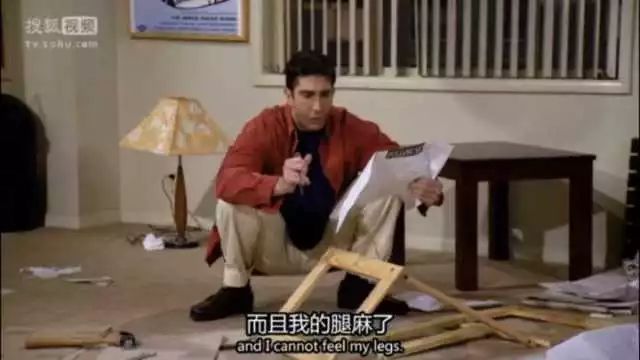
The name and the numbers seem to suggest that this squat is unique to Asian people. There are theories about average Asian body proportion, height and muscle distribution that allow them to squat like this. But in actuality, those theories have been debunked. The position is limited to only Asian people. In fact, this squat was first classified by the Functional Movement Screen (FMS), devised in the U.S. in the 90s. The FMS is a screening tool used to “evaluate seven fundamental movement patterns in individuals” as a way to “demonstrate opportunities for improved movement.” The first of these seven movements–“The Deep Squat” –is now called the Asian Squat.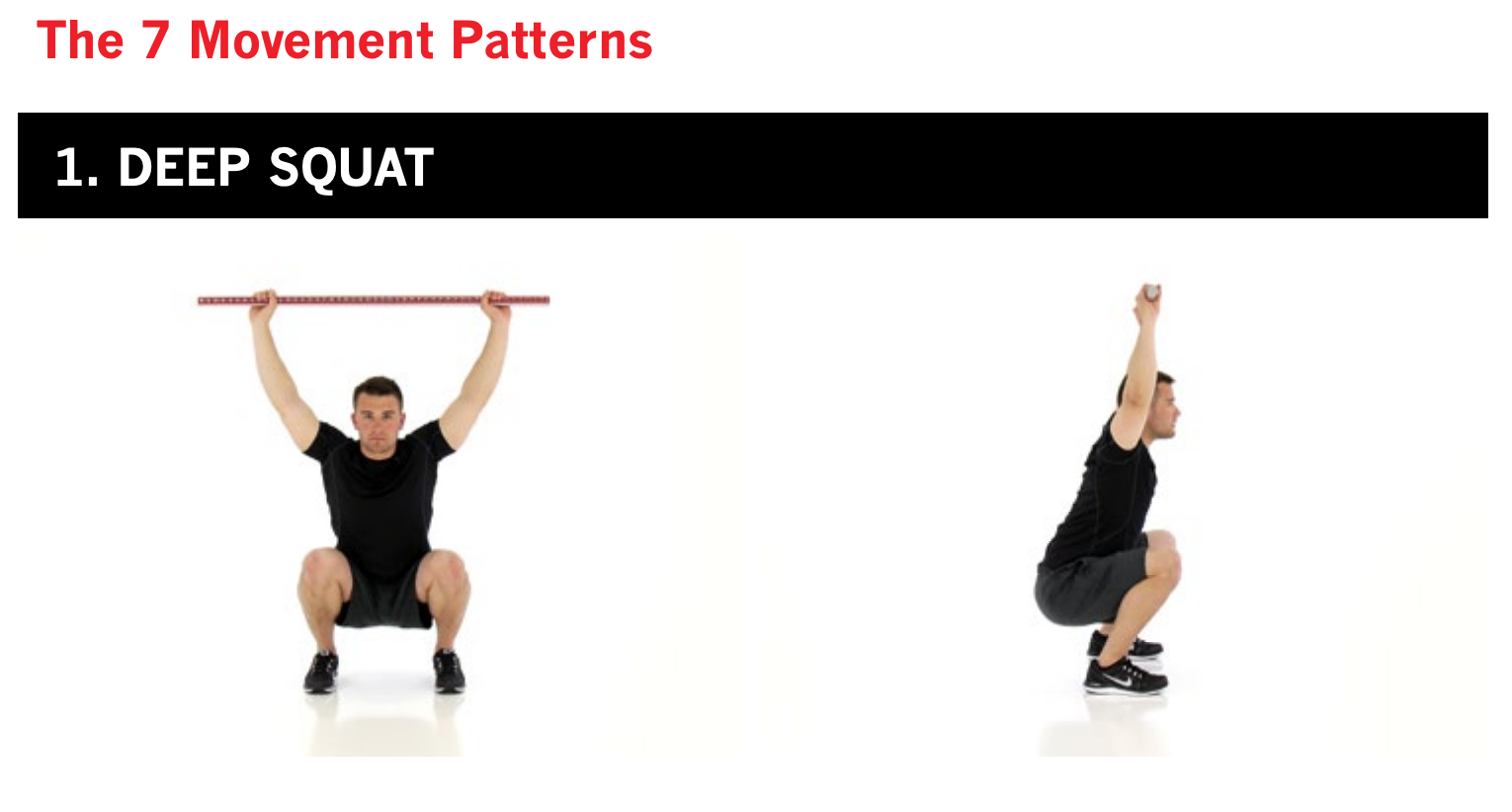
In many Slavic countries like Russia and the Czech Republic, this form of squatting is also found under another name: the “Slav Squat.” We can see that: rather than a reflection of race, the squat is more a reflection of frequent use. This frequent use comes from lifestyle habits adopted by many Asian people.
The Asian Squat is used by many people in China and other Asian countries as, first of all, a resting position. Instead of standing, some squat while waiting in long lines. My grandpa used to squat outside the school gates while waiting to pick me up after school. In the early morning you can find elders squatting in nearby parks, reading newspapers or chatting together. People consider squatting to be a more comfortable position than standing. At times, it is even seen as a close substitute for sitting if there are no chairs nearby. In fact, if you know how to do the squat, you are already carrying around an invisible chair that you can pull out whenever you are tired.
More than simply a resting position, the Asian Squat can also be used to help people perform other tasks. For instance, outside crowded breakfast restaurants and shops on busy mornings, you can find many people squatting to eat their breakfast. Some shops also offer low makeshift tables and chairs that are only ten or fifteen inches from the ground. So the sitting experience is not much different from squatting. At home, some even squat on their chairs while eating.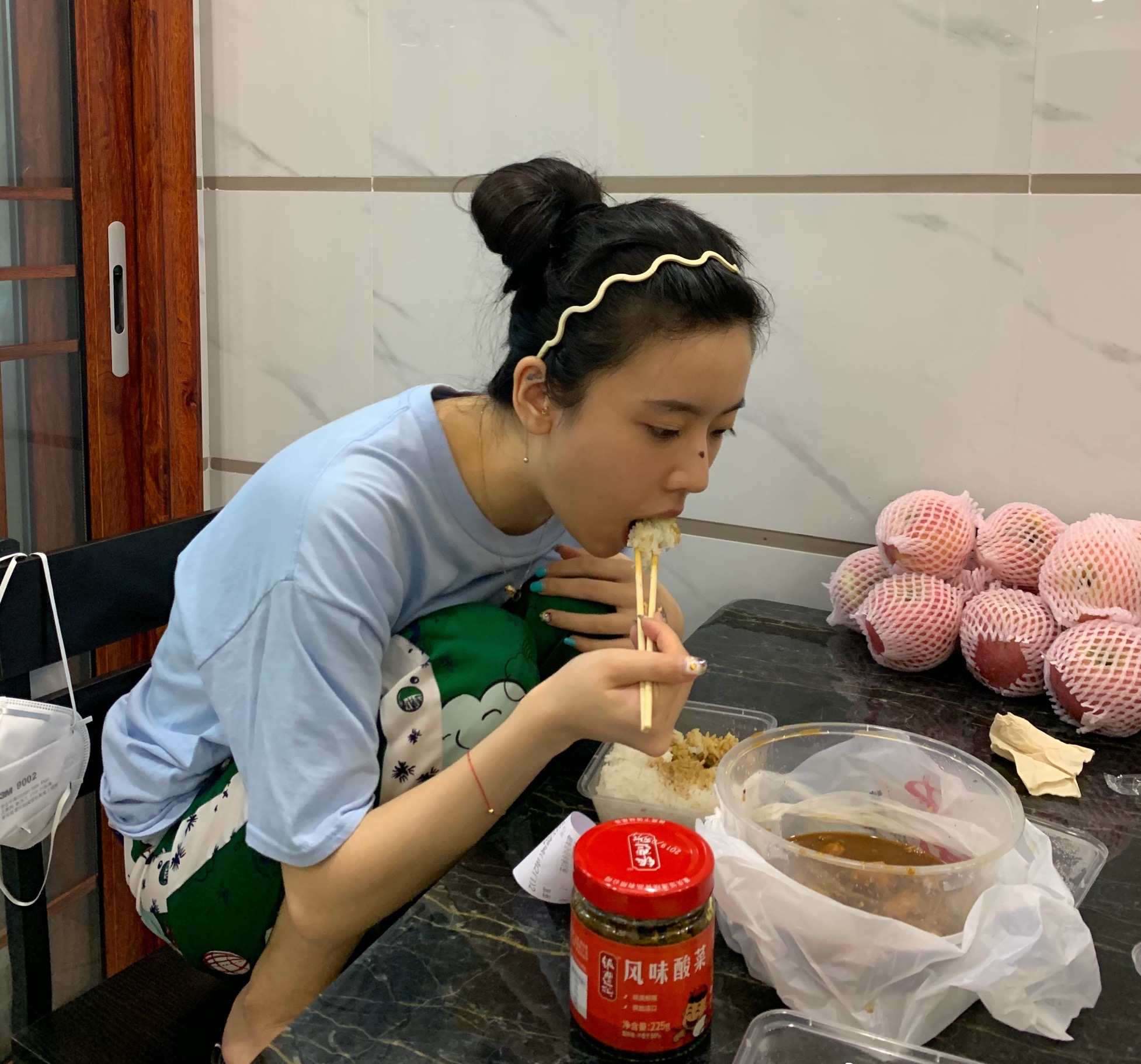
Also, although many families use washing machines now, this wasn’t always the case. Back when many still washed their clothes by hand, they would soak their clothes in a low pail and squat down to wash them. They can keep this position for quite a long time. It is much more comfortable than bending over when completing tasks that are close to the floor.
If you ever travel to China or other Asian countries, you will find that many public restrooms have squat holes instead of toilets. These can be a bit tricky to use if you’ve never tried one before, especially for going No.2. Many first timers say they cannot feel their legs after squatting down for more than a few minutes. But people who have been using squat holes all their lives refuse to choose toilets. They say they simply can’t go unless they are squatting over a hole. My grandparents only reluctantly adopted the toilet when they got older and found it harder to get up after squatting.
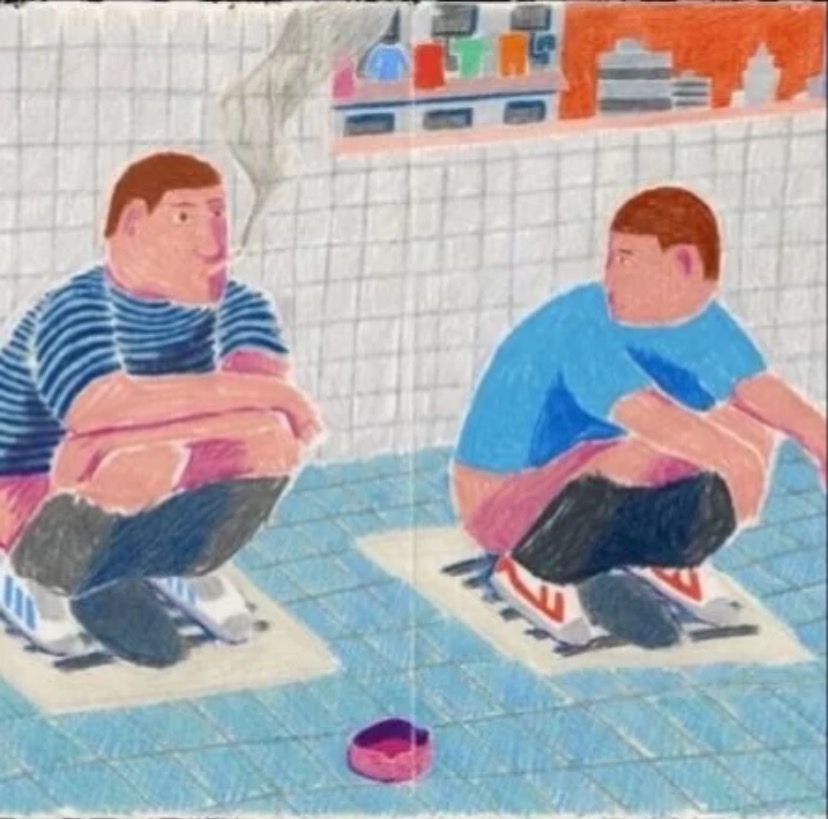
Recent research has shown there’s more to the Asian Squat than lifestyle preferences. Apparently, there are many hidden health benefits to the Asian Squat. The position is similar to the one fetuses take when growing inside the mother’s belly. It is therefore an innate position of comfort and protection. When you squat down, the muscles in your abdomen, legs and butt are stretched. Blood from the lower half of your body flows faster back to your heart. This helps with blood circulation and can also improve your lung capacity. The muscles in your lower half are strengthened, benefiting your overall health.
In terms of going to the bathroom, squatting aligns your body in a way that straightens and relaxes your rectum and the surrounding muscles. This allows for much smoother and easier defecation. Sitting on the toilet means your colon isn’t straight and those muscles aren’t relaxed. This can block the defecation process and cause toxins to build up inside your bowels, leading to more health concerns. Also, when you squat, you are pulling your knees close to your chest. This contracts the upper part of your body and your bladder, prostate and uterus are all better protected. And your butt does not have to touch any public surfaces, which is also good for hygiene.
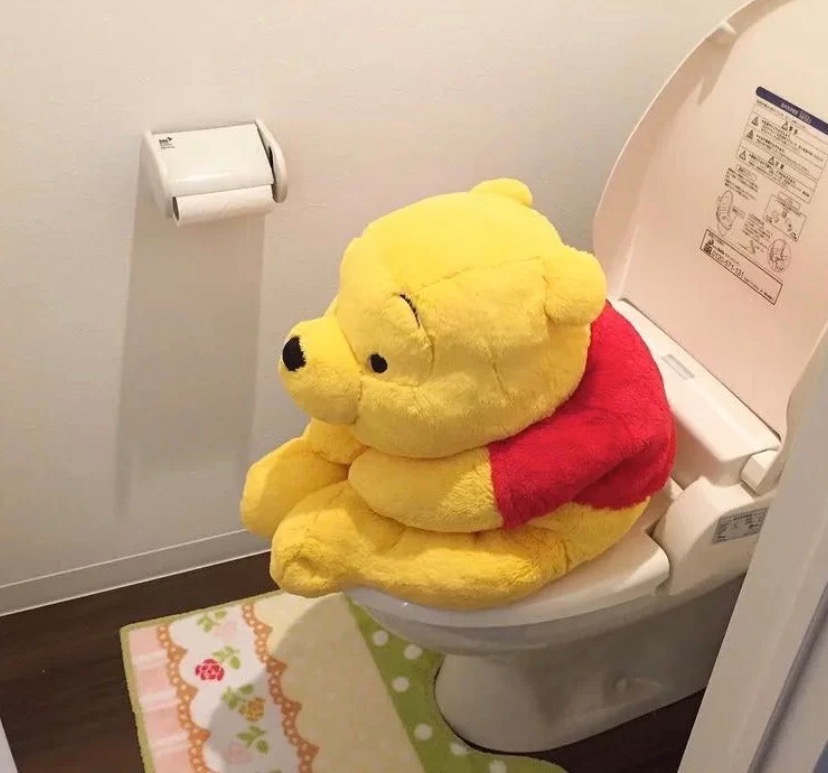
What are you waiting for? Get down and start squatting!
[zombify_post]

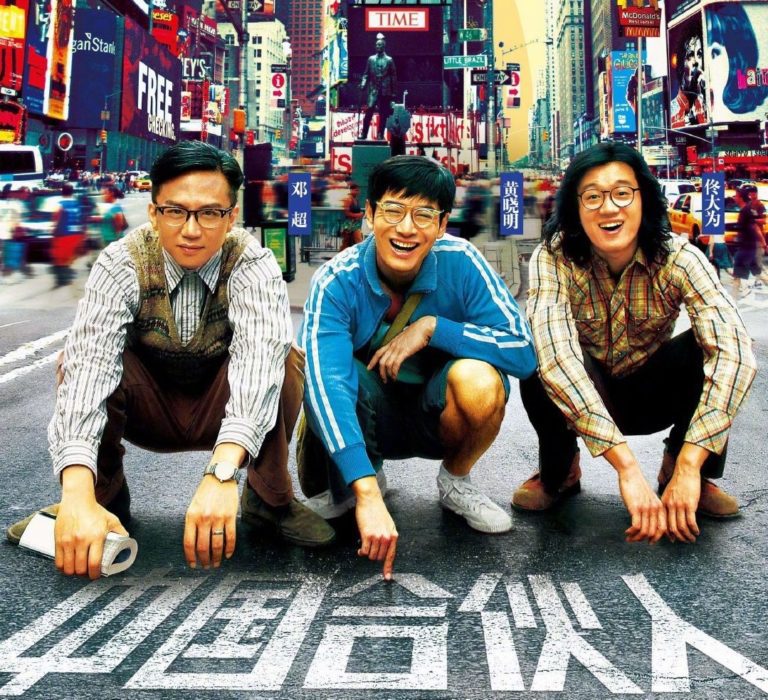
0 Comments